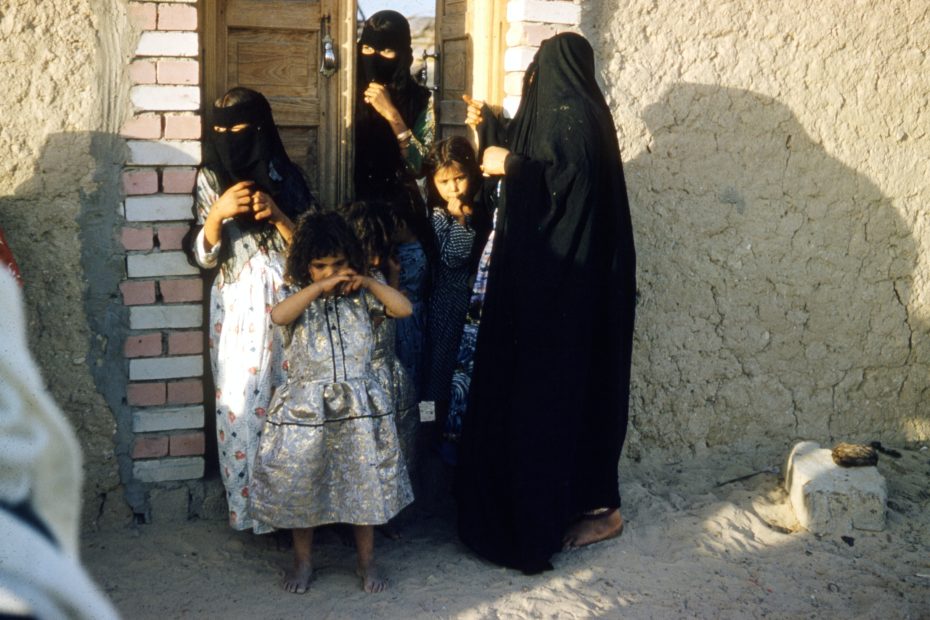Table of Contents
Introduction
Kuwait has a rich architectural history, with structures that showcase both traditional Islamic designs alongside contemporary and postmodern architecture. From ornate mosques to sleek skyscrapers, Kuwait’s buildings tell the story of a nation evolving while still celebrating its cultural roots. Let’s explore some of the country’s most impressive landmarks, both cherished historic sites and modern marvels.
Traditional Landmarks
The Grand Mosque
No tour of Kuwait is complete without visiting the Grand Mosque. With its pure white façade and soaring minarets, it is a stunning example of modern Islamic architecture. The mosque can hold up to 10,000 worshippers, with its vast prayer hall featuring chandeliers and intricate Islamic geometric designs. Surrounding the mosque are elegant fountains and gardens.
Kuwait Towers
Three soaring aqua blue towers dominate the Kuwait skyline. These futuristic water towers housed a fresh water reservoir and were an innovative design when built in the 1970s. The largest tower features an observatory and restaurant with panoramic views. By night, they are illuminated with ever-changing colored lights.
Sadu House
For an intimate glimpse into old Kuwait, visit this traditional house named after the colorful Sadu woven textiles of the Bedouin people. Within the enclosed mud-brick walls, you’ll find antique furnishings, handwoven rugs and cozy inner courtyards. Traditional Kuwaiti culture comes alive through music, food and art displays.
Al Seif Palace
This historic pearl white palace served as a home for the royal Al-Sabah family since the late 1800s. Walk beneath shady arched corridors into inner gardens rich with fountains and intricate tilework. Marvel at the carved wooden doors and windows decorated in the flamboyant style of old Kuwait before oil was discovered.
Modern Marvels
Kuwait City Water Towers
Standing like gigantic mushrooms on the city skyline are Kuwait’s unique water towers. These ball-shaped reinforced concrete towers hold fresh drinking water and also cleverly utilize the thin neck shade for covered parking below. Sleek and practical, they exemplify efficient modern design.
Al Hamra Tower
At 1,354 feet, the Al Hamra is Kuwait’s tallest skyscraper. The 80-story tower twists 90 degrees up from its base to sport a daringly tilted glass facade. Views from the Al Hamra’s sky-high observation deck are dizzying. By night, the tower emanates an ethereal blue glow.
The Avenues Mall
This megamall stretches on for over a mile, with hundreds of retail outlets and dining options to explore. The architecture is just as striking, with a wavy parapet roofline and soaring central atrium surrounded by glass elevators. From luxury brands to indoor amusement rides, it’s a shopper’s paradise.
Sheikh Jaber Al Ahmad Al Sabah Bridge
Connecting Kuwait City with mainland Kuwait is this record-breaking causeway, one of the longest sea bridges in the world. The slender curved bridge spans over 7 miles across Kuwait Bay. Lit up at night by a rainbow of changing colors, it’s an engineering marvel.
Unique Combinations of Old and New
Kuwait beautifully melds traditional and contemporary architecture, as seen in these popular sites:
Souq Al-Mubarakiya
This lively covered market has roots dating back to the 19th century. The bazaar has been renovated but retains its vintage atmosphere under wood-beamed arched ceilings. Wander past stalls hawking gold, spices, perfumes and handicrafts in one of Kuwait’s liveliest souqs.
Liberation Tower
Though modern in design, this telecommunications tower is decorated with traditional arched windows and Islamic geometric patterns. At over 1,000 feet tall, it was the world’s tallest structure until the Burj Khalifa surpassed it. The observation deck offers fabulous city views.
Al Bahar Mall
Nestled along Kuwait’s historic harbor, Al Bahar combines indoor shopping with reproduction of old Kuwaiti souqs and streets. Browse modern stores, then step outside to find traditional architecture, handicraft stalls and waterside restaurants evoking Kuwait’s seafaring past.
Conclusion
From sparkling modern malls to historic mosques resonant with prayers, Kuwait’s fantastic architecture is a testament to both progress and preserving heritage. Visitors can journey through the nation’s past and into an innovative future via bricks, steel and glass. Kuwait’s buildings stand as monuments to an ever-evolving culture that respects tradition while eagerly anticipating what tomorrow may bring.
FAQs
What is the Grand Mosque famous for?
The Grand Mosque is famous for its grandeur and capacity, able to hold over 10,000 worshippers at once. Its fine details like chandeliers and geometric tilework showcase excellent Islamic architecture.
When were the Kuwait Towers built?
The Kuwait Towers were built in the 1970s as an innovative water reservoir system. Their space-age design was visionary for the time.
What can you see at Sadu House?
Sadu House gives visitors a glimpse into historic Kuwaiti culture, with antique furnishings, artisan wares like woven rugs, and exhibits on traditions.
What is special about the Sheikh Jaber Al Ahmad Al Sabah Bridge?
The Sheikh Jaber Bridge is an architectural marvel for its record length – at over 7 miles it is one of the longest sea bridges in the world.
How does Liberation Tower blend old and new architecture?
While very modern in design, Liberation Tower has decorative arches and Islamic geometric patterns that reference traditional Kuwaiti design.
